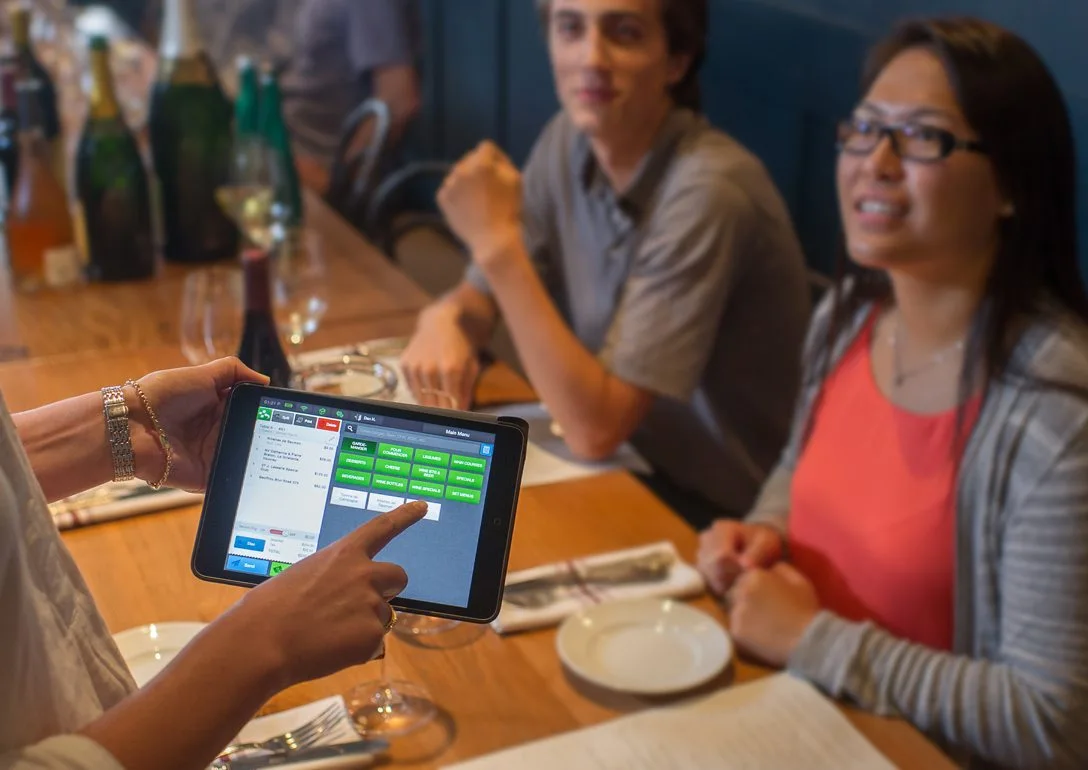Restaurant pagers have been around for almost 20 years. They were invented before the iPhone, Facebook, and even Google! In this age of apps, there’s no need to sink money into outdated technology. Many restaurateurs are starting to manage their waitlists with text notifications instead.
Here are 6 reasons why restaurateurs are switching from restaurant pagers to tablet-based waitlist systems:
#1. Cut costs
Restaurants can spend up to $2,000 in setup fees and an additional $1,200 per location per year in coaster pager replacement costs. Guests routinely walk out with pagers in hand – restaurants can expect to lose an average of 2 per month.
#2. Improve Guest Experience
The actual wait time for a table can be quite different from the perceived wait time. A guest who is required to sit still and stare at a pager for an hour will be hungry and bored by the time their table is ready. If you provide them with a notification on their own terms, they have the freedom to go for a walk or play on their phone while they wait. It might still take an hour, but they will spend that hour getting excited to eat, instead of growing impatient.
#3. It’s in the Data
Restaurants pagers cannot interact with guests. They don’t know who each customer is or how long they’ve waited so far. With a tablet-based restaurant waitlist app, hosts can change quote times based on average wait times, view max wait times, and identify repeat guests based on phone numbers.
#4. Identify Regulars & Build a Database
Mobile restaurant waitlist apps capture and store customer data each time they visit your restaurant. This information helps hosts identify and acknowledge repeat guests, so they feel welcome and important.
#5. Connect with Guests on their Home Screen
The vast majority of your guests will have a smartphone in hand. There’s just no need to hand them another piece of technology to keep track of while they wait.
#6. Keep a Master List
Relying on a paper list confines your staff to a single host stand. This works on a small scale, but it’s a major handicap for busy restaurants with multiple entrances. A tablet-based wait list lets you manage multiple host stands at once, adding guests to the queue from anywhere in the restaurant.





